Demystifying Cloud Migration: Benefits, Strategies, and Processes
Cloud migration has become essential for enterprises trying to take advantage of current computer technology.
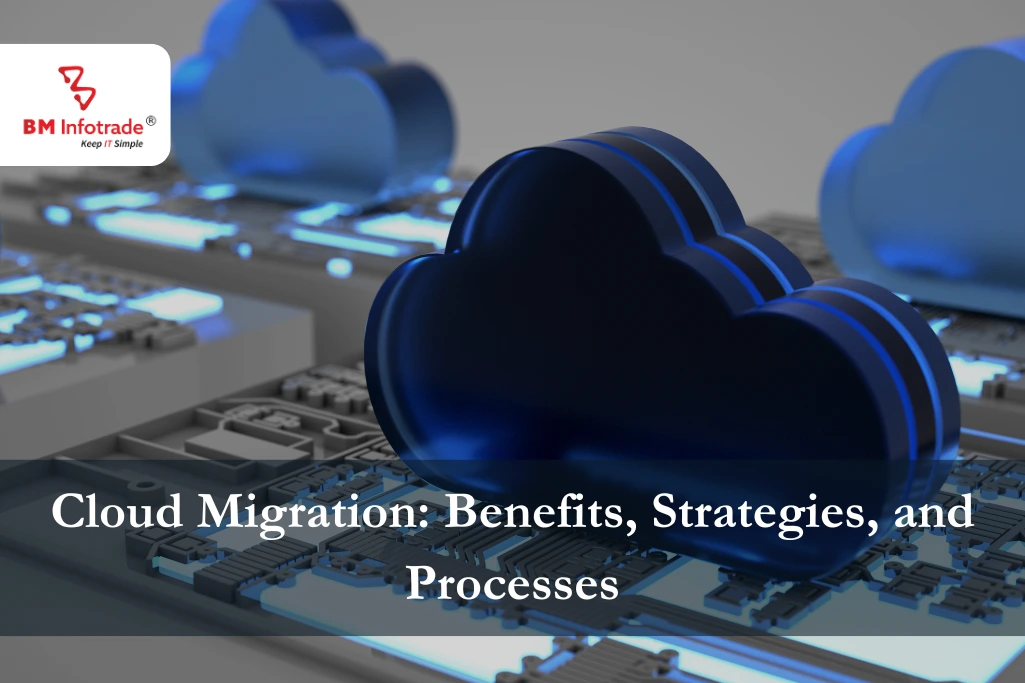
Demystifying Cloud Migration: Benefits, Strategies, and Processes
Table of Contents
Cloud migration has become essential for enterprises trying to take advantage of current computer technology. As technology advances, organizations must demystify cloud migration. We will examine cloud migration's benefits, tactics, and processes in this detailed guide.
What is Cloud Migration
Cloud migration moves digital assets, applications, and data from on-premises servers or data centers to the cloud. Companies can employ cloud service providers' servers, storage, and computing capabilities with this paradigm shift. Capital-intensive IT approaches are replaced by scalable, adaptive, and cost-effective computing.
Cloud Migration Importance
The benefits of cloud migration go beyond technology. To compete in today's dynamic climate, businesses must. Automation, agility, and cost savings result from cloud usage. The cloud allows organizations to increase resources on demand, boosting innovation and adaptability.
Key Cloud Adoption Drivers
Several variables influence cloud migration solutions' widespread popularity. Motivators include efficiency, cost reduction, and adaptability. Access to cutting-edge technologies, improved collaboration, and data security also drive cloud migration.
Read More:- Cloud cryptography- expanding opportunities with cloud
Benefits of Cloud Migration
Cloud migration improves corporate operations, IT infrastructure, and organisational efficiency.
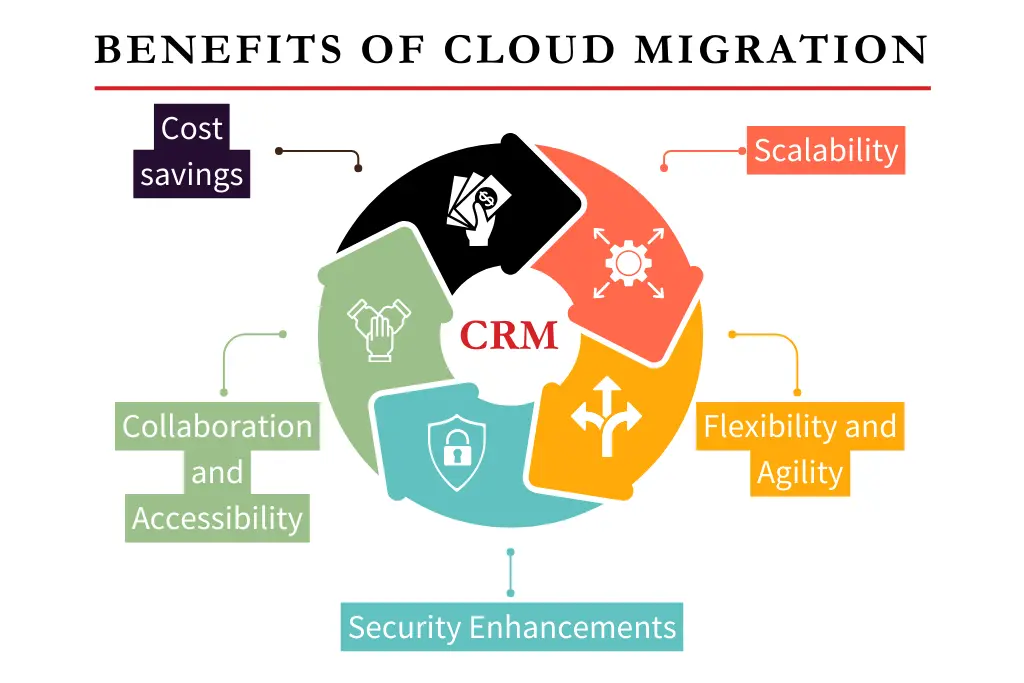
Cost-savings
- Reduced Capital Expenditure: Cloud migration allows companies migrate from a capital-intensive to a pay-as-you-go strategy without big upfront hardware and infrastructure expenses.
- Operations cost efficiencies: Cloud services offer economies of scale, allowing companies to optimise maintenance, energy, and physical space costs.
Scalability
- Dynamic Resource Scaling: As demand changes, cloud systems may scale computer capacity up or down. Dynamic scaling lets organisations swiftly adjust workloads without over- or under-provisioning.
- worldwide Reach: Cloud services use worldwide data centres to help enterprises expand globally. This improves user accessibility and responsiveness across locales.
Flexibility and Agility
- Rapid Deployment of Services: Cloud environments provide rapid application and service deployment, decreasing time-to-market for new goods and features.
- Agile Development: Cloud platforms enable agile development approaches like DevOps, which improve software development processes iteratively.
Security Enhancements
- Strong Data Protection: Reputable cloud service providers use data encryption, access controls, and frequent security updates to protect data.
- Disaster Recovery & company Continuity: Cloud platforms provide data backup and rapid recovery in the event of unforeseen disasters, minimising downtime and assuring company continuity.
Collaboration and Accessibility
- Remote Accessibility: Cloud-based solutions allow remote access to data and applications, which improves collaboration and flexibility in remote or distributed teams.
- Real-time Collaboration Tools: Cloud-based collaboration tools improve team communication and collaboration, encouraging a more connected workplace.
Success Strategies for Cloud Migration
A successful cloud migration requires careful planning, intelligent decision-making, and effective solutions. This section describes how organisations can smoothly migrate to the cloud.
Evaluation of Current Infrastructure
- Assess on-premises infrastructure assets, dependencies, and performance indicators.
- Assess workloads, applications, and data for cloud compatibility.
Identifying Workload
- Classify workloads by sensitivity, criticality, and performance to personalise migration strategies.
- Prioritise migration workloads by business effect and strategic goals to optimise resource allocation.
Risk assessment
- Risk-assess migration challenges, security risks, and regulatory compliance issues.
- Plan for risk reduction to ensure a seamless transition.
Cloud Model Selection
Public Cloud:
- Use third-party cloud providers for affordable and scalable solutions.
- deal for companies wanting agility, flexibility, and less infrastructure administration.
Private Cloud:
- Create a private cloud infrastructure for one company.
- Designed for businesses with strict regulations or organisations that need more data and security management.
Hybrid Cloud:
- Create a business-specific solution using public and private clouds.
- Allows workload-based performance, security, and cost balance.
Data Migration Strategy
Shift and lift
- Minimally modify applications and data for cloud migration.
- Suitable for companies seeking a simple transfer process.
Replatforming
- Adjust apps for cloud performance and scalability with little changes.
- Balances performance and optimisation, cutting expenses without code changes.
Refactoring:
- Restructure or restructure apps to use cloud-native features.
- Provides optimal performance, scalability, and cost reductions but takes more time and resources.
Test and Validate
Performance Testing:
- Ensure cloud apps satisfy performance goals with rigorous performance testing.
- Before migration, fix bottlenecks, latency, and resource limits.
Testing security:
- Conduct thorough security assessments to find and fix issues.
- Protect data during migration using encryption, access controls, and monitoring.
Test User Acceptance:
- Test transferred apps with end-users to ensure functionality and usability.
- Before migrating, get user feedback to fix concerns.
Cloud Migration Processes
Organisations must carefully follow well-defined processes to migrate to the cloud. From pre-migration to post-migration, each phase is vital to a smooth cloud transfer.
Read More: Workload migration- The best cloud storage services in the world
Migration Preparations
Communicating with stakeholders:
- Communication with leadership, IT, and end-users should be straightforward.
- Communicate the migration plan, deadlines, and expected effects on everyday operations.
Assess and Train Skills:
- Assess the company's cloud expertise and find shortcomings.
- Train IT teams to manage and optimise cloud resources.
Establishing KPIs:
- To evaluate cloud migration success, set business-aligned KPIs.
- Data may include system performance, cost savings, and user satisfaction.
Migration execution
Moving Data:
- Consider data volume, sensitivity, and dependencies while creating a data migration plan.
- Data migration technologies and procedures ensure data integrity and reduce downtime.
Migration of apps:
- Implement the migration approach for each application based on the cloud model (public, private, or hybrid).
- Monitoring application performance during migration and fixing bugs quickly.
Migration of infrastructure
- Based on the cloud paradigm, migrate servers, storage, and networking.
- Follow cloud networking and security best practices.
Postmigration Activities
Monitoring performance:
- Track migrating apps and infrastructure performance with sophisticated monitoring tools.
- Perform performance-based resource allocation optimisation to boost efficiency.
Optimising continuously:
- Assess cost, performance, and security when optimising cloud resources.
- Optimise costs with cloud provider tools and services.
Obstacles and Solutions
While cloud migration has many benefits, organisations often face obstacles during the shift. Understanding and anticipating these issues is essential for a successful move. We discuss common issues and helpful solutions here.
Common Cloud Migration Issues
Downtime:
- Challenge: Moving from on-premises to the cloud may cause downtime, affecting corporate operations and user access.
- Solution:To reduce downtime, plan migrations during off-peak hours, phase them, and use failover techniques.
Data Security Issues:
- Challenge: Protecting sensitive data during relocation raises worries about unauthorised access and breaches.
- Solution: Protect data with strong encryption, extensive security evaluations, and cloud provider security measures.
Compliance issues:
- Challenge: Cloud compliance with industry norms and standards is difficult.
- Solution: Assess compliance, use industry-standard cloud providers, and create controls and documentation.
Prevention Methods
Comprehensive Plan:
- Strategy: Create a detailed migration strategy including risk assessments, timetables, and contingencies.
- Result: Proactive planning helps organisations foresee problems and manage risks.
Strong Security:
- Strategy: Encrypt data, manage access, and conduct security audits during migration.
- Results: Improving security protects data during and after migration.
Managing Compliance:
- Strategy: Know industry-specific compliance needs and use cloud providers that comply.
- Results:proactively resolving compliance concerns helps organisations satisfy regulatory standards and prevent legal and reputational risks.
Read More: Cloud Provider-The best cloud storage services in the world
Conclusion
We've examined many facets of cloud migration to demystify it. Cloud migration's cost reductions, scalability, flexibility, security improvements, and increased collaboration make it strategic for organisations in today's dynamic marketplace. Organisations may confidently migrate by carefully assessing and planning, picking the correct cloud model, using data migration methodologies, and testing.
The pre-migration and post-migration phases provide a complete cloud adoption guidance. Downtime, data security, and compliance risks must be identified and addressed, and mitigation methods are essential for a successful transition.
As companies migrate to the cloud, the landscape changes. Continuous optimisation, strong security, and compliance management throughout the migration lifetime are critical takeaways. Edge computing, hybrid cloud solutions, and cloud infrastructure sustainability may be future developments.

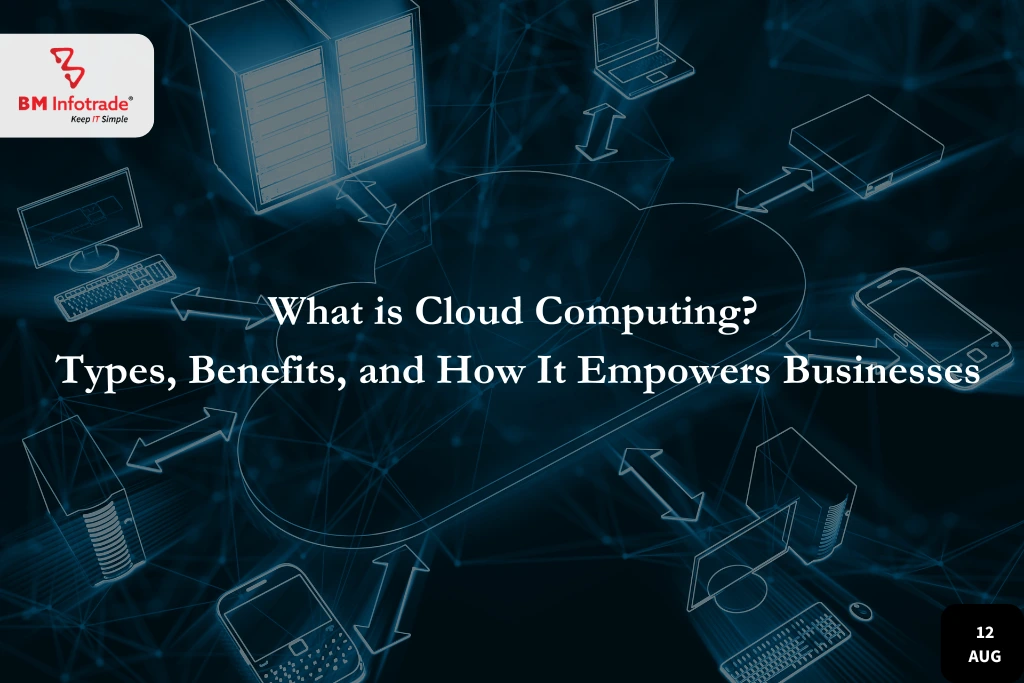

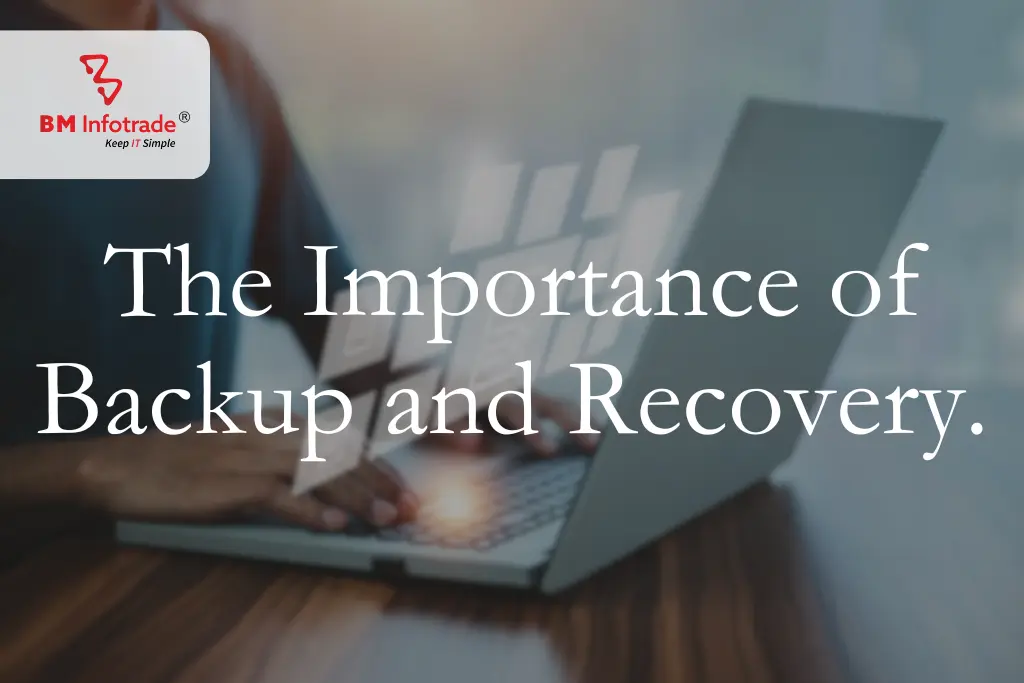
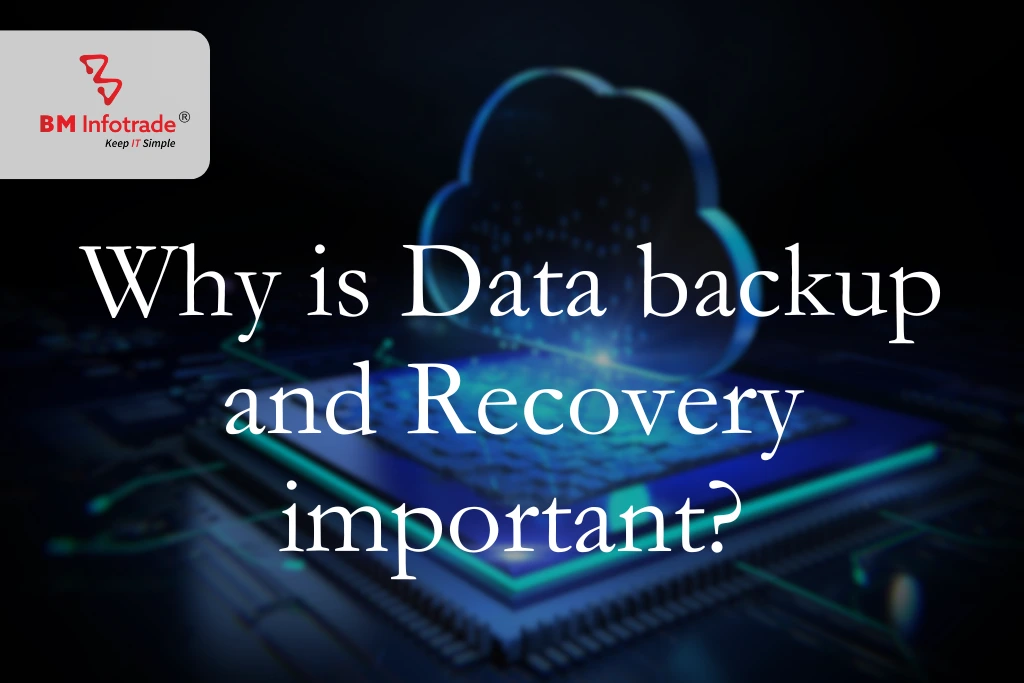
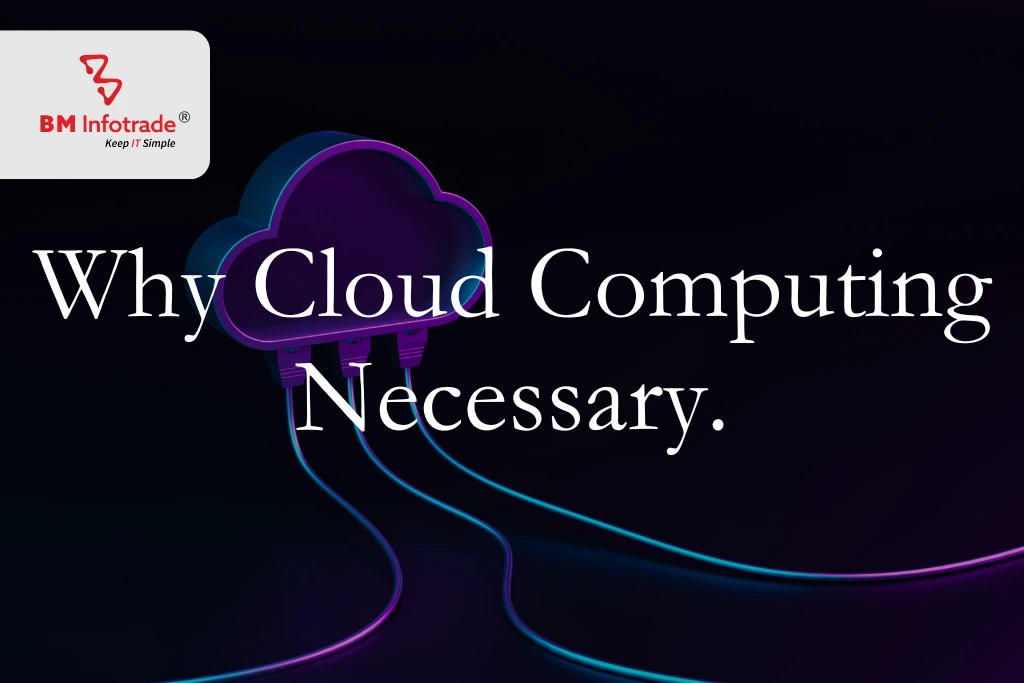
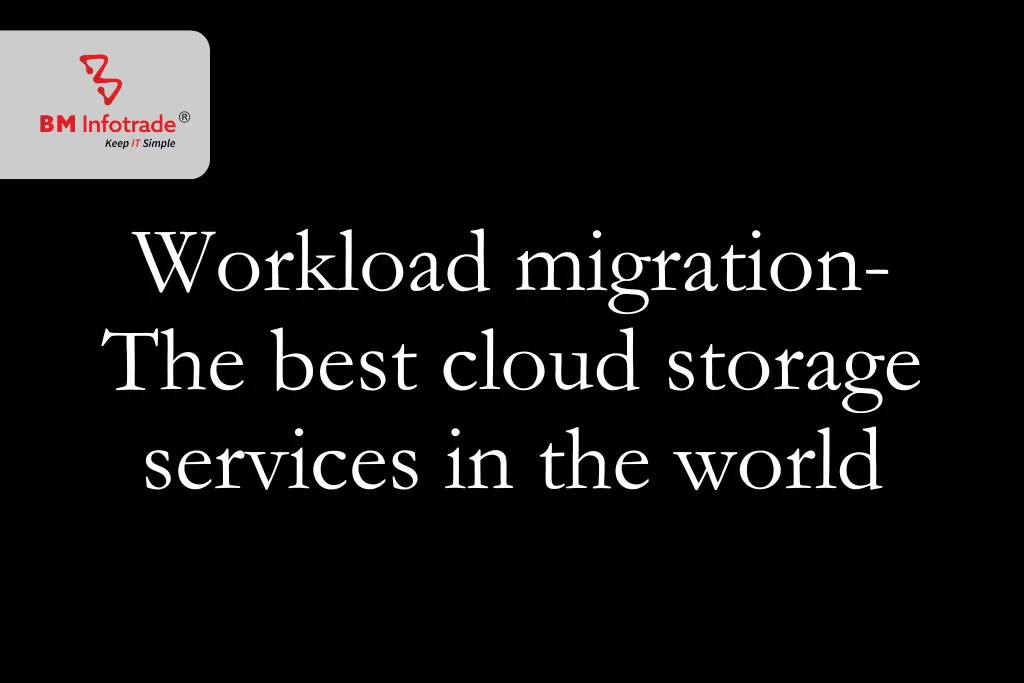
Anshul Goyal
Group BDM at B M Infotrade | 11+ years Experience | Business Consultancy | Providing solutions in Cyber Security, Data Analytics, Cloud Computing, Digitization, Data and AI | IT Sales Leader